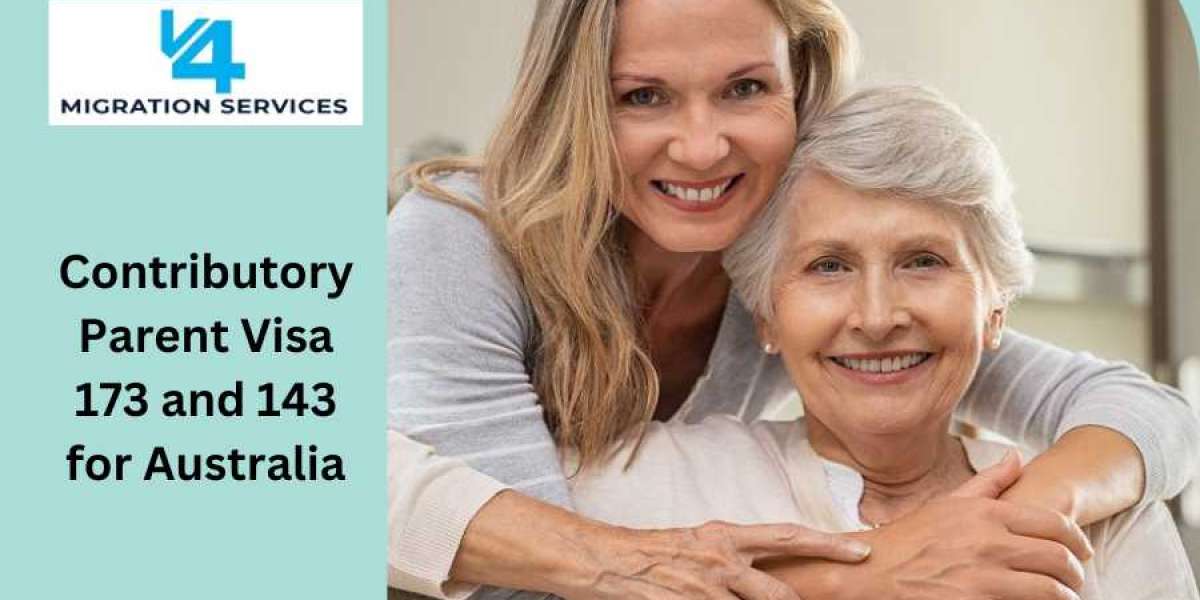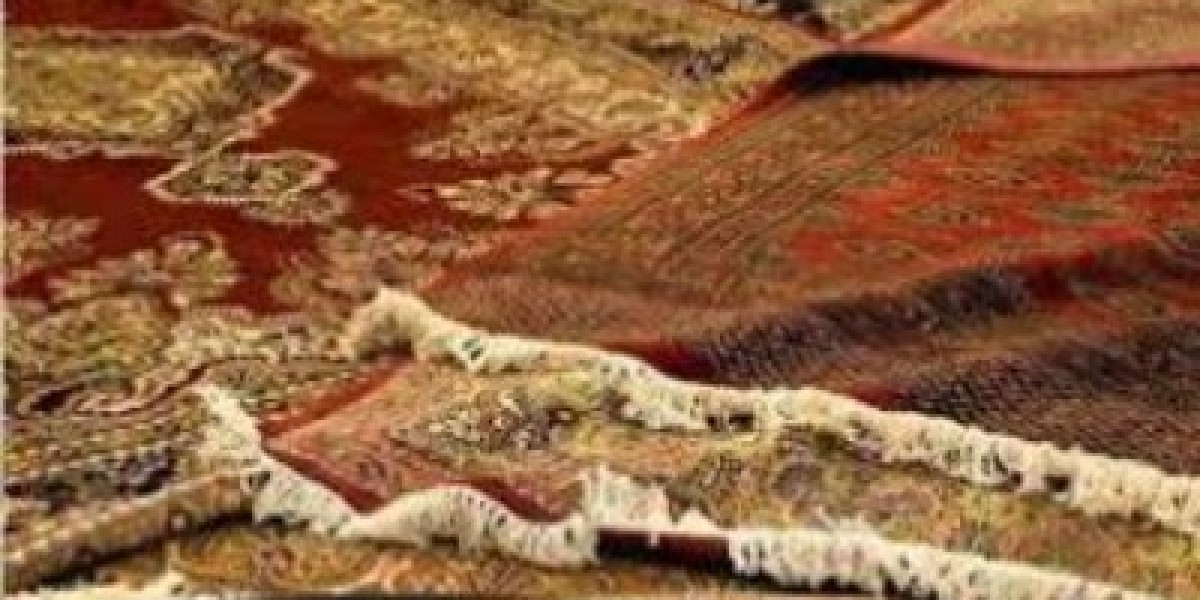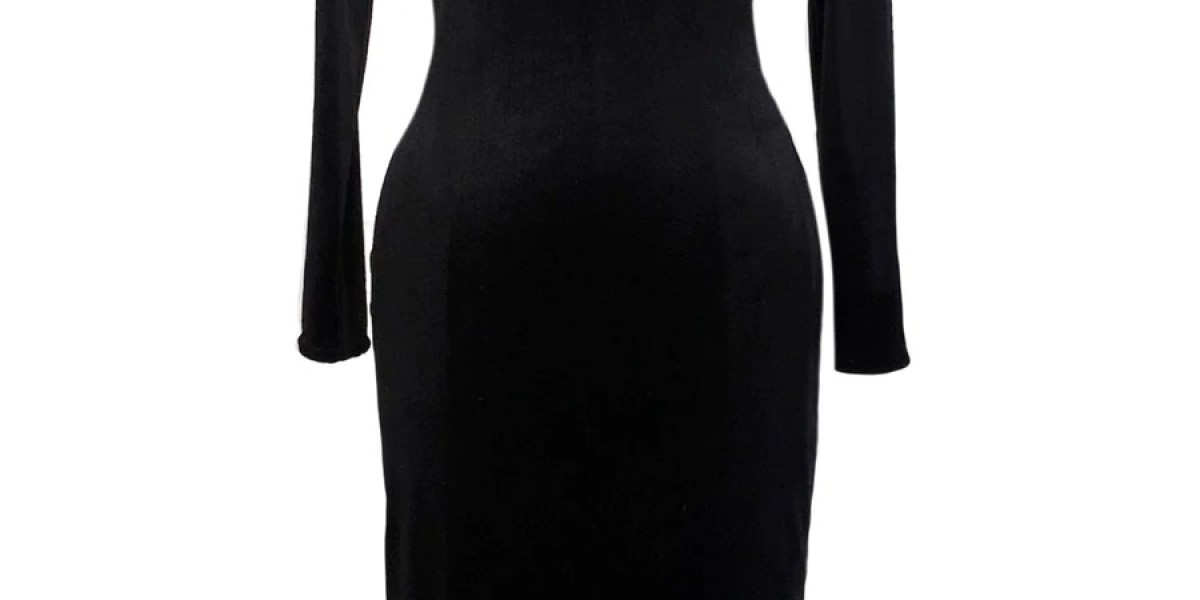If you are a parent looking to migrate to Australia, you may have heard of the Contributory Parent Visa Subclasses 173 and 143. These two visas are designed to allow parents to join their children who are Australian citizens or permanent residents. But what is the difference between these two visas? Here are the differences between Contributory Parent Visa Subclass 173 and Contributory Parent Visa Subclass 143, so you can decide which is right for you.
What is Contributory Parent Visa Subclass 173?
The Contributory Parent Visa Subclass 173 is a visa for people aged parents of an Australian citizen, Australian permanent resident or eligible citizen. This visa allows the parent to live permanently in Australia with their family and enjoy certain rights and benefits, such as access to Australia’s social security system and the ability to work and study there.
To be eligible for a Contributory Parent Visa Subclass 173,
- The applicant must meet certain criteria. The applicant must be the parent of an Australian citizen, Australian permanent resident or eligible citizen living lawfully in Australia for at least two years before the application.
- The applicant must also meet the balance of family test, which requires that half or more of the applicant’s children reside in Australia or that more of the applicant’s children reside in Australia than in any other country.
What is Contributory Parent Visa Subclass 143?
The Contributory Parent Visa Subclass 143 is an Australian visa for parents of Australian citizens or permanent residents who wish to live in Australia permanently. This visa allows parents to stay in Australia with their children, grandchildren and other family members. The visa also gives holders access to Medicare and Age Pension benefits.
To be eligible for Contributory Parent Visa Subclass 143
- Applicants must have at least one Australian citizen or permanent resident child and be sponsored by that child. The parent must also meet health, character, and financial requirements.
The Contributory Parent Visa Subclass 143 is a permanent visa, so holders do not need to apply for another visa once it is granted. This visa is usually processed more quickly than other parent visas and allows parents to come to Australia immediately after it is granted. However, holders cannot apply for citizenship until they have lived in Australia for four years.
Differences between Contributory Parent Visa Subclass 173 and Contributory Parent Visa Subclass 143
Waiting Period: The Contributory Parent Visa Subclass 173 has a waiting period of around 30 years, while the Contributory Parent Visa Subclass 143 has a much shorter waiting period of only 1-2 years.
Cost: The Contributory Parent Visa Subclass 173 is more expensive than the Contributory Parent Visa Subclass 143. This is because applicants must pay an additional amount to become eligible for the visa.
Eligibility Criteria: The Contributory Parent Visa Subclass 173 has more stringent eligibility criteria than the Contributory Parent Visa Subclass 143. To qualify for the Contributory Parent Visa Subclass 173, the applicant must meet certain requirements regarding income and assets.
Rights: The Contributory Parent Visa Subclass 173 offers permanent residency rights to its holders, while the Contributory Parent Visa Subclass 143 does not provide any permanent residency rights.
Health Care: The Contributory Parent Visa Subclass 173 holders are eligible for subsidised health care through Medicare, while the Contributory Parent Visa Subclass 143 holders are not eligible for Medicare and will have to pay the full cost for medical services.








